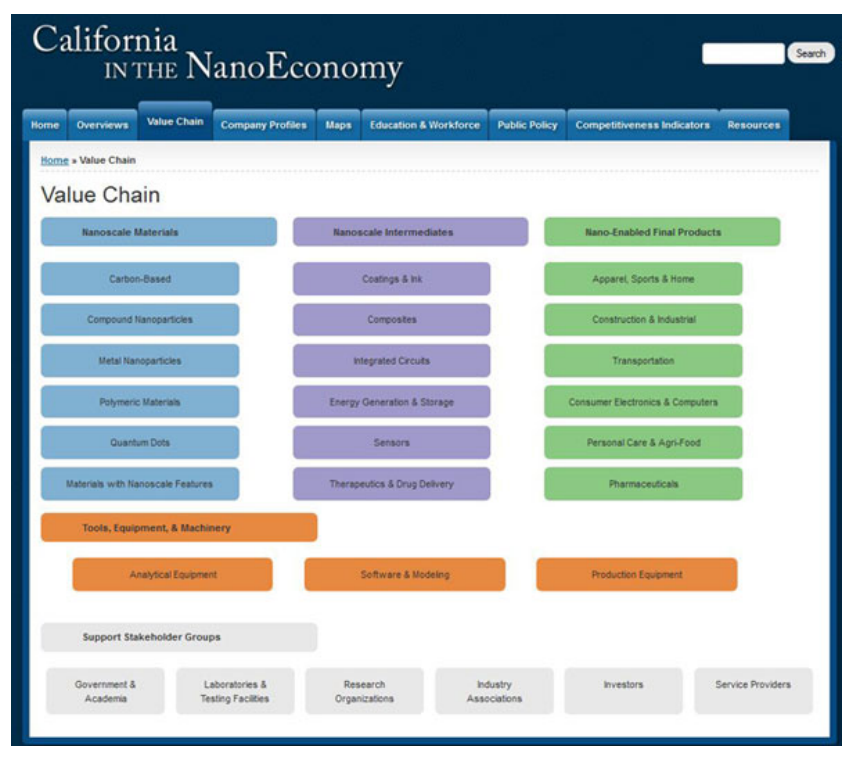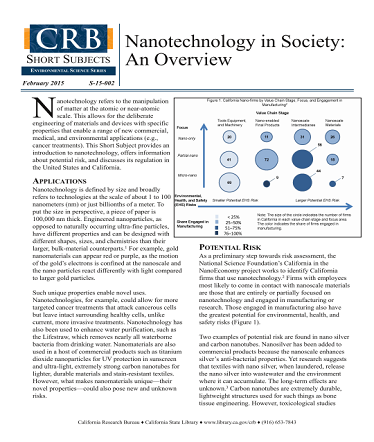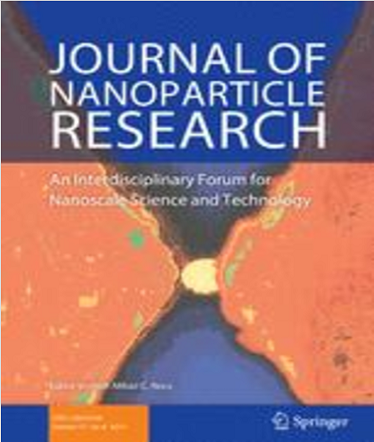 Nanotechnology represents an exciting area of scientific discovery that has generated increasing interest from government officials, scientists, and the general public in recent years. This innovative field has a broad array of scientific and commercial applications – and an equally broad range of societal implications. As an enabling technology rather than a specific industry, developments related to nanotechnology have implications for almost any product in all stages of its life cycle. This requires effective communication among a diverse collection of individuals from multiple fields, each with its own terminology. Adding to the complexity, there are few existing standards within or among disciplines, or even countries and firms. As a result, nanotechnology can be one of the most challenging technologies to effectively communicate and understand.
Nanotechnology represents an exciting area of scientific discovery that has generated increasing interest from government officials, scientists, and the general public in recent years. This innovative field has a broad array of scientific and commercial applications – and an equally broad range of societal implications. As an enabling technology rather than a specific industry, developments related to nanotechnology have implications for almost any product in all stages of its life cycle. This requires effective communication among a diverse collection of individuals from multiple fields, each with its own terminology. Adding to the complexity, there are few existing standards within or among disciplines, or even countries and firms. As a result, nanotechnology can be one of the most challenging technologies to effectively communicate and understand.
To tie together these diverse themes, Stacey Frederick developed a global value chain (GVC) approach to analyze the innovation to commercialization life cycle of an enabling technology. The GVC framework is used to identify how the actions and relationships between public and private stakeholders affect the development, location, and competitiveness of an industry. This framework helps overcome communication barriers related to nanotechnology topics by enabling researchers to educate and disseminate results on a variety of topics using a comparable method.
Nanotechnology research was primarily supported by the National Science Foundation through a partnership with the University of California, Santa Barbara’s Center for Nanotechnology in Society (CNS). The research project focused on the diffusion of nanotechnology to Asia, as well as involvement in nanotechnology in North Carolina and California. Stacey developed novel approaches to map the dissemination of nanomaterials in a variety of nano-enabled intermediates and final products. Outputs of this collaboration were included conference presentations, educational materials, and websites. One of the key educational resources developed as part of this project is the Traveling Technologies Research Template created for the CNS summer internship program. The California in the Nano Economy website represents an interactive, web-based version of applying the value chain research approach to a specific location (California) and the parts of a variety of industries that are impacted by a particular technology (nanotechnology). A secondary focus of this project is to showcase how visual analytic tools can be combined with the value chain research approach to further understanding of the industry and its economic development impacts and potential.


